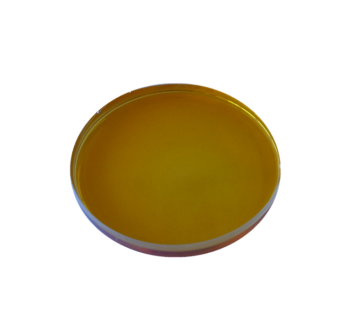Food Grade Hemi-Cellulase Enzyme For Bakery SBE-02X
Introduction
Hemi-Cellulase SBE-02X is produced by submerged fermentation of Trichoderma reesei followed by purification, formulation, and drying. The product is used in baking to improve dough handling properties and sensory properties as well as product volume of baked products by modifying the hemicellulose components in flour.
Mechanism
Hemicellulose comprises a group of heterogeneous polysaccharides made up of hexose, pentose, and their derivatives. The product is able to degrade hemicellulose polymers present in flour to produce oligomers and their building blocks, which contributes to improved dough handling properties, yeast fermentation, product volume, sensory properties, and crumb texture.
Specification
| Items | Description |
| Declared Activity* | 12,500 u/g |
| Physical Form | Powder |
| Color** | Light yellow |
| Odour | Normal microbial fermentation odour. |
*Definition of Unit: 1 unit of Xylanase equals to the amount of enzyme that hydrolyzes xylan to get 1 μmol of reducing sugar (Calculated as xylose) in 1 min at 50℃ and pH5.0. ** Color: can vary from batch to batch. Color intensity is not an indication of enzyme activity.
Application
For bread baking: The recommended dosage is 10-20g per ton of flour. The dosage has to be optimized based on each application, the raw material specifications, product expectation, and processing parameters. It is better to begin the test with the convenient volume.
Product Standard
| No. | Items | Index | |
| 1 | Particle size (%<40 mesh) | ≥80 | |
| 2 | Loss on drying/(%) | ≤8.0 | |
| 3 | Lead/(mg/kg) | ≤5.0 | |
| 4 | Arsenic/(mg/kg) | ≤3.0 | |
| 5 | Total viable count/(CFU/g) | ≤50000 | |
| 6 | Coliform Bacteria/(CFU/g) | ≤30 | |
| 7 | Escherichia coli | (CFU/g) | <10 |
| (MPN/g) | ≤3.0 | ||
| 8 | Salmonella/(25g) | Not Detected |
Package
* Package: 1 kg / bag.
Storage
Keep sealed in a dry and cool place and avoid direct sunlight.
Shelf Life
12 months in a dry and cool place.
Safe Handling Precautions
Enzyme preparations are proteins that may induce sensitization and cause allergic-type symptoms in susceptible individuals. Prolonged contact may cause minor irritation for skin, eyes, or nasal mucosa. Any direct contact with the human body should be avoided. If irritation or allergic response of skin or eyes develops, please consult a doctor.






